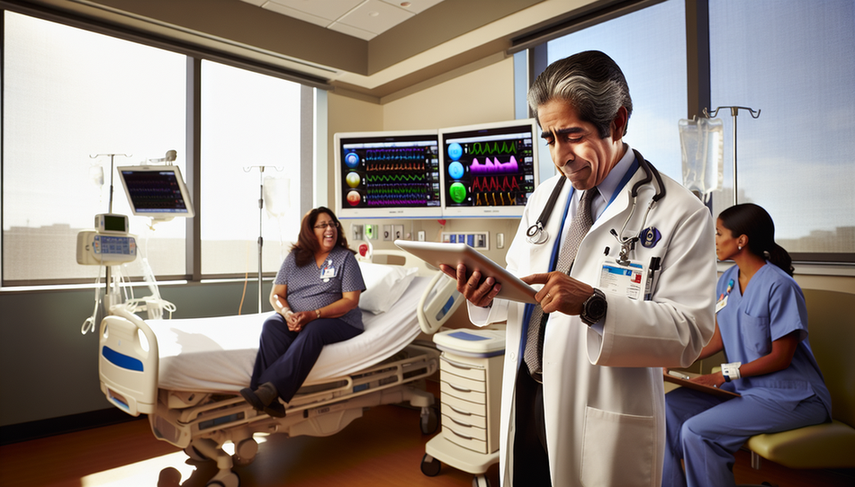Clinical Indicators Monitoring and Continuous Monitoring: Enhancing Remote Control of Patient Physiological Parameters

In the era of digitalization, clinical indicators monitoring and continuous monitoring have revolutionized remote control of patients. The ability to monitor physiological parameters in real-time not only enhances the quality of medical care but also optimizes the management of chronic and acute diseases. This approach enables healthcare professionals to make informed and personalized decisions, thereby improving clinical outcomes and patient satisfaction.
Diving Deeper into Continuous Monitoring
Continuous monitoring of patients has proven to be an invaluable tool in various areas of medicine. For instance, in the management of atrial fibrillation, insertable cardiac monitors allow for precise assessment of arrhythmia burden, which can influence treatment decisions and the planning of ablation procedures. Additionally, in the context of intensive care units, the implementation of wireless sensors and the reduction of false alarms are improvements requested by medical staff to optimize patient care and reduce workload [2].
In the realm of chronic diseases, such as type 1 diabetes, remote glucose monitoring has proven to be feasible and beneficial for both patients and healthcare providers. This technology allows for a more individualized and effective approach, especially for those with suboptimal glycemic control. Furthermore, in the management of cardiovascular diseases, wearable devices have enabled continuous monitoring of health and mobility, providing longitudinal data that can enhance the prevention and treatment of these conditions.
Conclusions
The advancement in continuous monitoring technologies and clinical indicators monitoring is transforming remote control of patients. These innovations not only improve diagnostic and treatment accuracy but also promote more patient-centered care. As these technologies continue to evolve, it is crucial for healthcare professionals to stay updated and adopt these tools to enhance the quality of medical care and clinical outcomes.
Referencias
- [1] Continuous Cardiac Monitoring around Atrial Fibrillation Ablation: Insights on Clinical Classifications and End Points
- [2] Improvements in Patient Monitoring in the Intensive Care Unit: Survey Study
- [3] Remote glucose monitoring is feasible for patients and providers using a commercially available population health platform
- [4] Continuous Monitoring of Health and Mobility Indicators in Patients with Cardiovascular Disease: A Review of Recent Technologies
Created 23/1/2025
